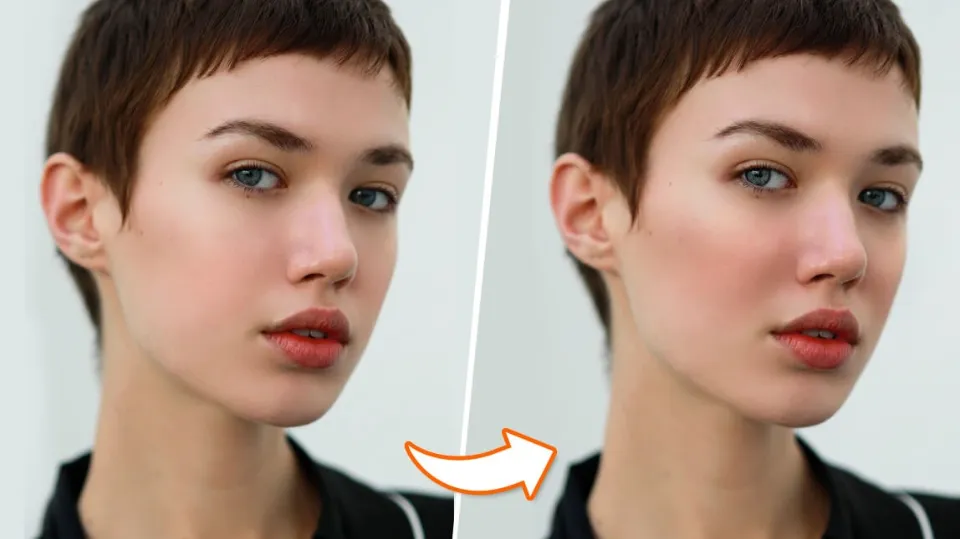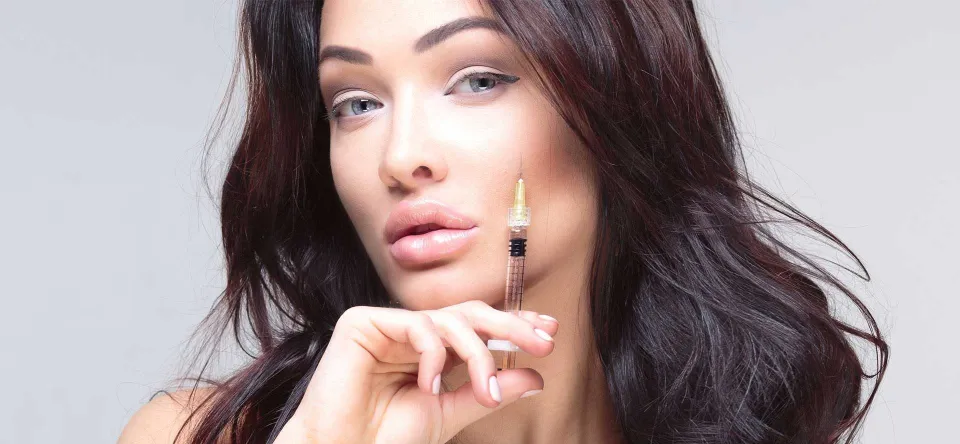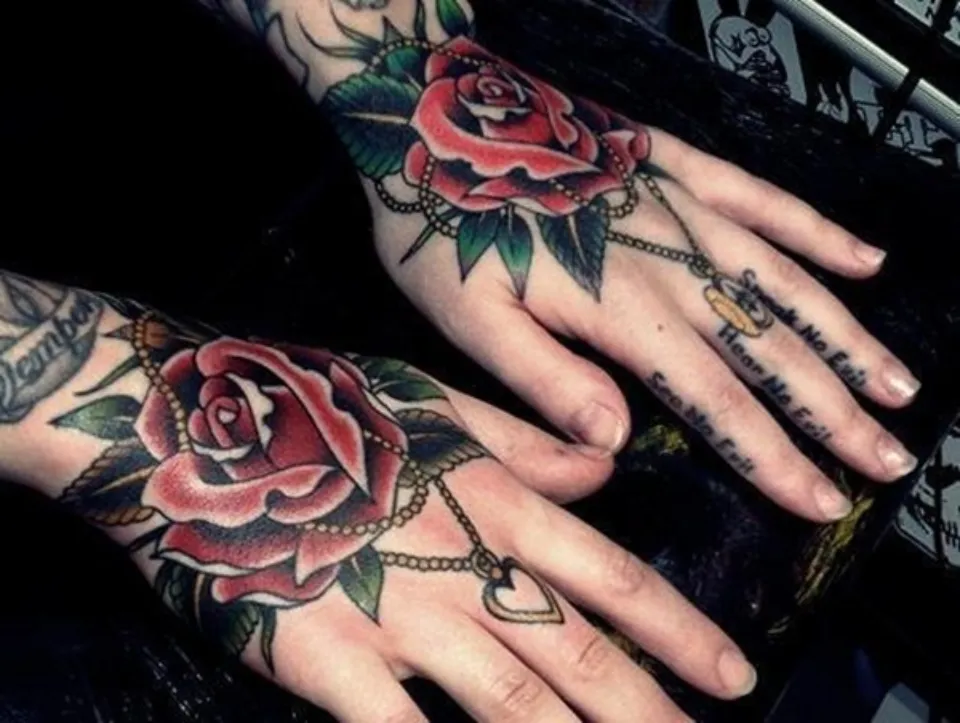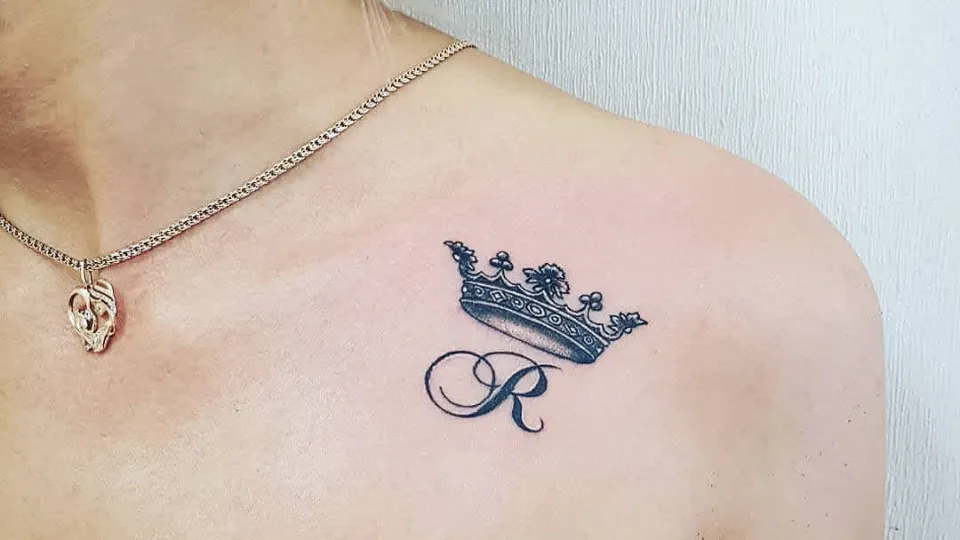Interested in learning the trick to having full, rosy cheeks? Simply consider cheek fillers. But what is cheek filler exactly?
Cheek fillers, also known as cheek augmentation treatments, provide volume to and around your cheekbones.
Continue reading, here is everything you need to know about cheek filler.
What is Cheek Filler?
Cheek filler is a nonsurgical cosmetic procedure that gives your cheeks a fuller, more defined look. Dermal fillers, which are safe substances, are injected by a medical professional above and around your cheekbones.
Cheek fillers come in a variety of forms from healthcare providers. Based on your treatment objectives, your doctor will discuss the best option for you.
The injection process for cheek fillers typically takes under 30 minutes. Results can last up to a year or longer, depending on the type of filler you use. Injections of cheek filler come with risks, such as bleeding and bruising, just like other cosmetic procedures.
You Might Also Like: What is Lip Filler?
What Are the Advantages of Cheek Filler?

Compared to more invasive cosmetic surgeries, the advantages of cheek filler include:
- immediate or almost immediate outcomes.
- Less expense.
- Low possibility of complications.
- Results that are temporary, so changes are possible.
- Short procedure, quick recovery, and little to no downtime following.
What Are the Risks Or Complications of Cheek Filler?
Cheek filler is a low-risk procedure, but complications may include:
- Bleeding.
- Bruising.
- a growth that resembles acne.
- Hives.
- Itchiness.
- Redness.
- Nodules.
- inflammation and tenderness.
These issues are typically transient and disappear in a week or two.
Additionally, cheek filler might move to another area of your face. Your face may appear lumpy or unevenly balanced as a result of this.
If this occurs, your doctor may be able to dissolve the cheek filler using a different kind of injection.
More serious complications may include:
- reaction due to the filler’s allergen.
- Infections.
- The filler is leaking.
- Numbness.
- edema, or severe swelling.
- Skin damage or scars.
- Skin discoloration.
Types of Cheek Filler
Different types of dermal fillers can enhance the appearance of your cheekbones. How the cheek fillers work depends on the type of filler your provider uses:
- Hyaluronic acid (HA): The majority of fillers are like this. Your skin contains this naturally occurring substance. As you get older, your skin’s HA levels decrease, which causes wrinkles and volume loss. HA injections are used by professionals to maintain your skin’s moisture and increase volume. The effects of HA fillers typically last for one year.
- Calcium hydroxylapatite (CaHA): Your bones contain this organic compound, which is a naturally occurring substance. Your cheekbones will appear fuller and deeper lines and wrinkles will be smoothed by providers using CaHA injections. CaHA filler effects typically last for 15 months.
- Poly-L-lactic acid (PLLA): This artificial substance aids in the production of collagen by your body. Deep cheek wrinkles are typically treated with PLLA by providers. The effects of PLLA fillers typically last for two years or longer.
- Polymethylmethacrylate (PMMA): These minute collagen beads give your cheeks a fuller, firmer appearance. PMMA is a material that practitioners use to give your cheeks structure and firmness. Although PMMA results can last for years, your doctor might need to inject them more than once.
How Long Do Cheek Fillers Last?
Depending on the filler used, cheek fillers typically last between six months and two years.
Hyaluronic acid typically lasts between six and twelve months, calcium hydroxylapatite between twelve and eighteen months, and ply-L-lactic acid for two years or longer.
Also Read: How Long Does Cheek Filler Take to Settle?
Who Shouldn’t Get Cheek Filler?
You shouldn’t get cheek filler if you are pregnant or breastfeeding (chestfeeding), or if you have:
- allergies to synthetic materials present in some dermal fillers.
- a condition that causes bleeding, like hemophilia or thalassemia.
- certain autoimmune disorders.
- a few infections, like gastroenteritis (stomach flu), ear, nose, and throat infections, or an abscessed tooth.
- different skin conditions.
- Tuberculosis.
Final Thoughts: What is Cheek Filler
Cheek fillers make your cheeks look fuller and more defined without surgery.
For those who want to look young and plump without having surgery or more involved procedures, cheek dermal fillers are a great choice!
Also Read: How Much is Cheek Filler?
FAQs
Are Cheek Fillers Dangerous?
Cheek filler is a low-risk procedure.
Do cheek fillers slim your face?
Depending on the patient and the injection technique, cheek fillers are an incredibly flexible procedure that can give the appearance of a fuller or thinner face.
What Does a Cheek Filler Do?
Cheek fillers increase cheek volume and define your cheekbones.




